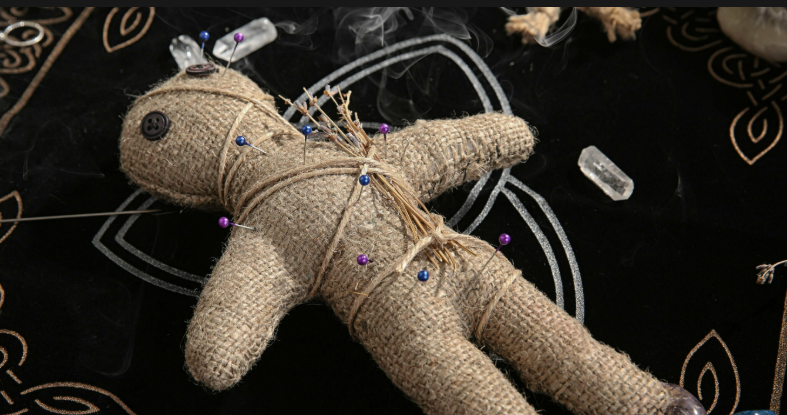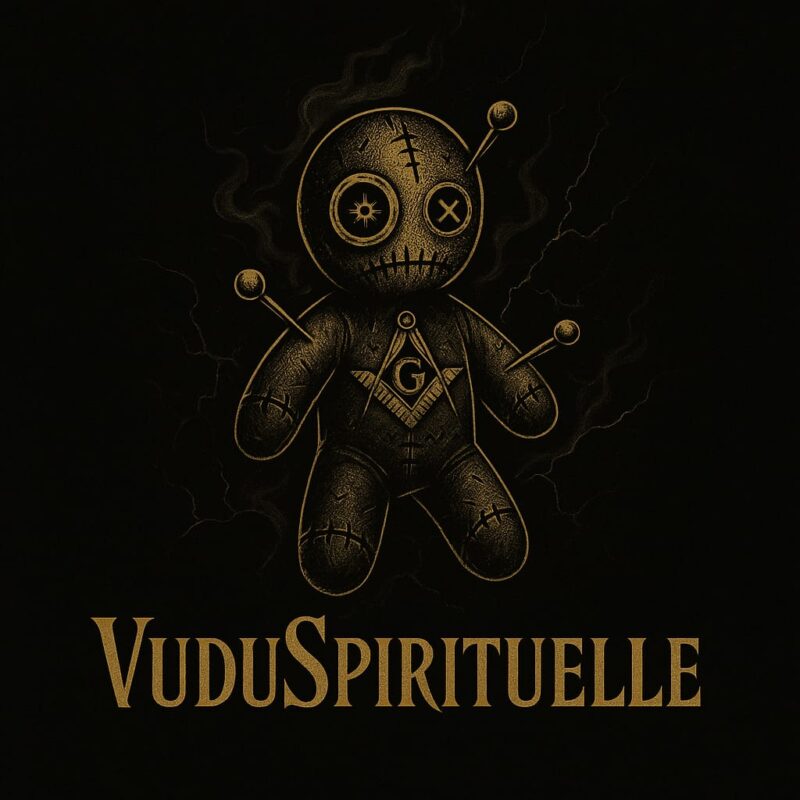What is Voodoo?
About Our Practice
The word Voodoo originates from the Fon language of West Africa and has taken on many spellings and interpretations over time. For some, it is spelled Vodou, meaning introspection or a journey into the unknown. Others use Voudon, referring to the invisible power—the creator of all things.
Priestess Miriam defines Voodoo as a spiritual concept born from the human mind, shaped by experience and focused intention. It begins as a connection—whether with nature or humanity—and ascends through stages of awareness. This process of spiritual evolution organizes energy into a symbolic and principled system, ultimately forming a sacred name and purpose.
Voodoo is one of the oldest living spiritual traditions, originating in Africa and carried across the world through the transatlantic slave trade. Like its practitioners, the religion faced immense persecution. In the Americas, Voodoo rituals were often misinterpreted as forms of Satanism, leading to cruel and violent attempts to suppress them. These distorted views were further amplified in the 20th century, especially by films in the 1970s that sensationalized Voodoo with imagery of blood sacrifices and zombies—misconceptions that continue to misinform the public today.
Despite this history, Voodoo is still widely practiced across the globe, preserved through oral tradition and adapted by various cultures. While names and customs may vary, the core belief remains consistent: a divine energy flows through all things, connecting the universe, the creator, and the self. Central to this belief are the Loa—spiritual intermediaries who maintain balance between the human world and the divine.
There are several spiritual paths within Voodoo, each with its own focus:
-
Rada: centers on benevolent spirits and positive energy
-
Petro: addresses both positive and more aggressive or protective forces
-
Secta Rouge: engages with darker or more secretive practices
-
Zobop: is associated with extreme and often mischaracterized aspects
The Voodoo Spiritual Temple exists to educate the community and correct long-standing misconceptions about Voodoo. Through spiritual services, cultural preservation, and open dialogue, the Temple seeks to promote understanding, healing, and respect for this ancient and sacred tradition.

Story of the Voodoo Spiritual Temple
The Story and Legacy of the Voodoo Spiritual Temple
Priest Oswan and Priestess Miriam were both born in 1943, living parallel lives until destiny brought them together in Chicago in 1989. A year later, they moved to New Orleans and founded the Voodoo Spiritual Temple in 1990. Their shared vision quickly took root. By 1994, they had expanded the foundation, laying the groundwork for what would become a globally recognized center of spiritual and cultural significance.
In 1995, Priest Oswan transitioned to the ancestral realm. Just one month after his passing, the Cultural Center began its evolution. This addition marked a new chapter for the Temple. Today, the Voodoo Spiritual Temple includes a sacred altar room, an herb apothecary and botanica, and a gift shop, forming a spiritual and educational sanctuary in the heart of New Orleans.
The Temple’s mission is to serve people of all backgrounds, offering worship services, petitions, and spiritual support rooted in Afro-centric American Voodooism, the Grand Spirits of New Orleans Voodoo, and the Great Universal Spiritual Tradition. The Temple also plays a vital educational role, providing insight and clarity about the beliefs and practices of Voodoo in order to promote understanding, respect, and spiritual enlightenment, while actively working to dispel long-standing myths and stereotypes.
Since its founding, Priestess Miriam has become a respected voice in global spiritual circles. Her work has been featured in numerous international documentaries and TV appearances, including on BBC, NBC, Discovery, CBS, ABC, Telemundo, Sci-Fi, MTV, and Entertainment Tonight. She has also been profiled in major publications such as Spin, Playboy, and The New York Times, among many others.
In 1999, Priestess Miriam’s spiritual influence extended to Rybinsk, Russia, where a group of 14 seekers—spanning all ages and professions—invited her to serve as their Voodoo Ambassador. Over three weeks, she shared her teachings, guided their spiritual development, and helped them establish their own Voodoo temple. Priestess Miriam is currently preparing to return to Russia to revisit and support the community she helped inspire.

